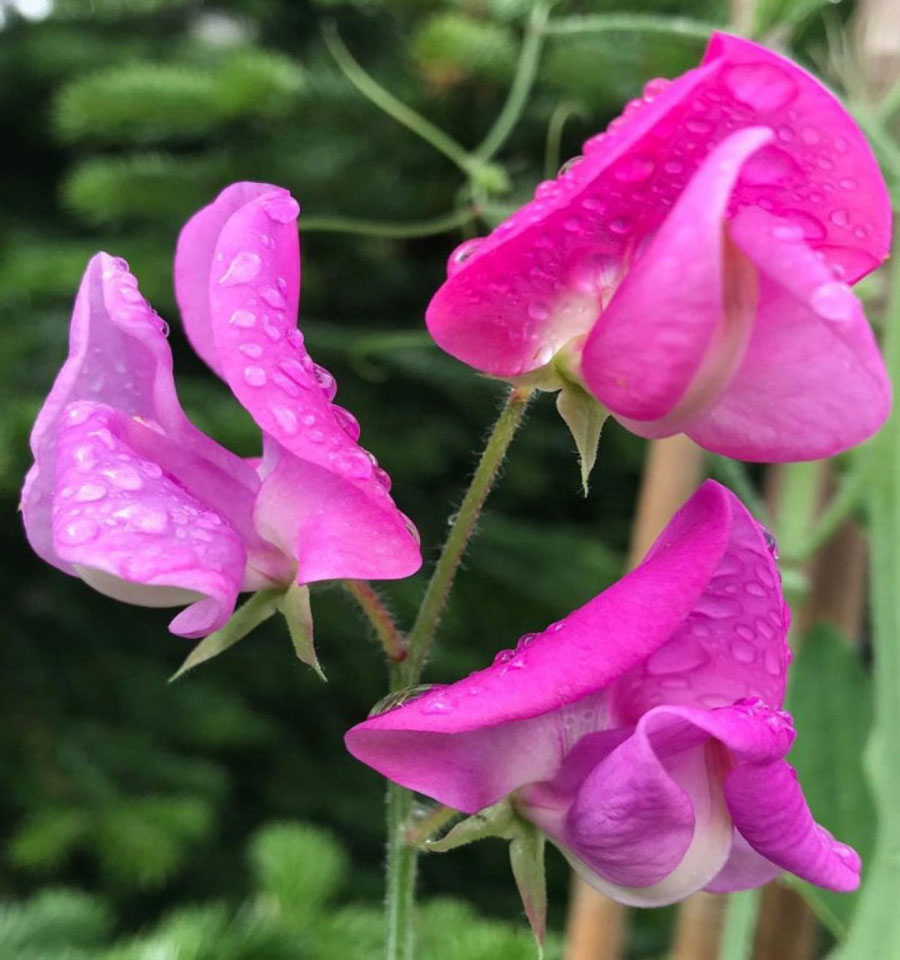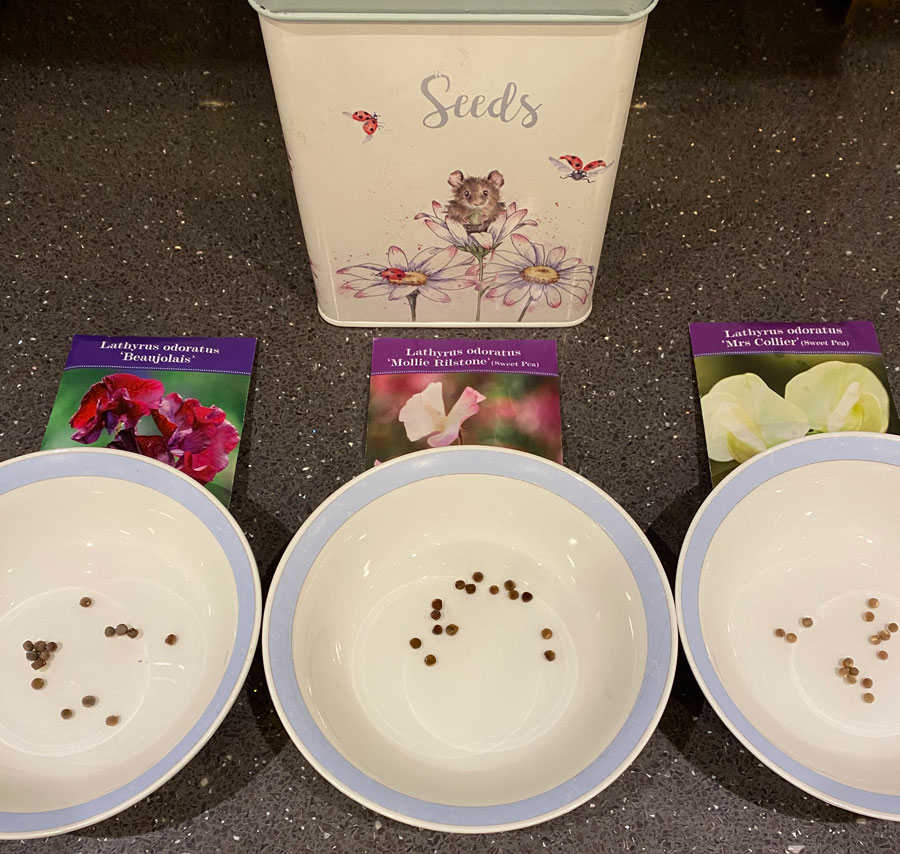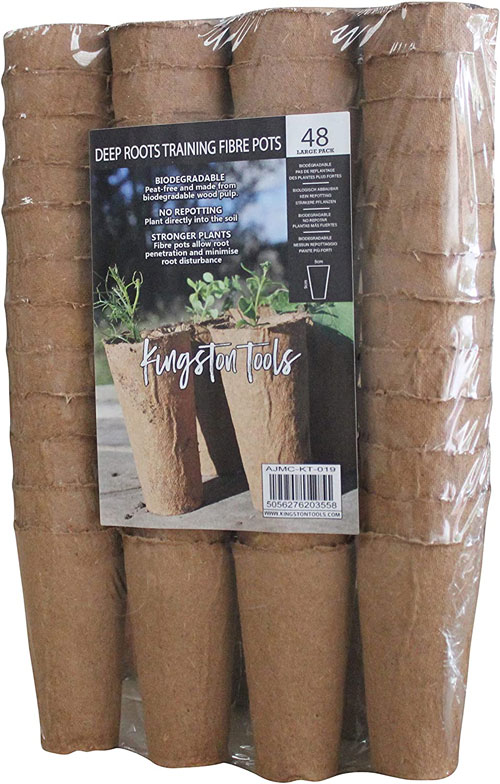Sowing Sweet Peas
 sowing sweet peas is a gentle introduction to sowing seeds with relatively little fuss. The seeds are generally small and round with a tough outer shell.
sowing sweet peas is a gentle introduction to sowing seeds with relatively little fuss. The seeds are generally small and round with a tough outer shell.
Unlike a lot of flower seeds they are big enough to handle individually so placing when sowing is easy and kind to those of us whose eyes are not as sharp as they used to be!
When to sow sweet peas
Sowings can either be in autumn for earlier results the following year or in winter. We had poorer results from earlier sowings with many plants failing to germinate and several not making it through the winter months. It’s horses for courses and will depend upon conditions in your greenhouse/ cold frames.
This year we have began sowing sweet peas in December and January but don’t be put off to try sowing sweet peas in the autumn.
 Sowing Sweet Peas – Preparation
Sowing Sweet Peas – Preparation
Seeds should be soaked in tap water overnight to penetrate that hard shell and make sure germination is given a kick start and in the morning you can see how they have plumped up after absorbing water.
If you are sowing more than one variety, make sure you keep the seeds seperate and know which are which.
On a large batch sowing sweet peas last year we moved the dishes that six varieties were soaking in without moving the packets under each dish. Then the packets were ‘tidied up’ and I didn’t have a clue which variety/ color of sweet pea was which – easily done!
Sowing in containers
There are many types of containers to start off your sweet pea seedlings. One factor to bear in mind is that sweet peas do not like having their roots disturbed so having long root trainers is a huge agvantage, allowing roots to develop undisturbed until the last frosts have passed. This will give you strong and healthy seedlings ready to plant out.
Biodegradable root trainers are ideal and individual sweet pea seedlings can be planted out with no root disturbance.
Cardboard toilet roll holders are also very good. I use 15cm pots filled with peat free compost. Use a dibber or pencil to make three holes approximately 2-3cm deep and pop a soaked sweet pea seed into each hole, cover and water. Make sure you label the pot and leave it on a sunny window cill (preferably indoors or in a heated greenhouse).
Once germinated and established with a few leaves the pots should be relocated to a cool green house or cold frame. The cooler temperature will slow down the growth rate as you don’t want the plants to bolt and become ‘leggy’ before planting out in the garden.

Once the seedlings have grown three sets of true leaves it’s time to pick out the growing tips. this may seem a bit brutal but it encourages thicker and much stronger side shoots that will eventually grow and carry an abundance of flowers.
Failing to pinch out usually results in weak spindly plants with fewer flowers, so it is essential that you do this.
Planting out sweet peas
This should be done when the last frosts are behind you and it is worth waiting and keeping an eye on the long range weather forecast to make sure there are no nasty surprises in the weeks ahead.
Sweet peas can withstand colder weather but it is worth being ‘weather vigilant’. After all your hard work nurturing your sweet peas you don’t want to see them wiped out by Jack Frost!
For further information on planting out and training up canes see my article ‘Sweet peas – sweet climbing jewels’.

